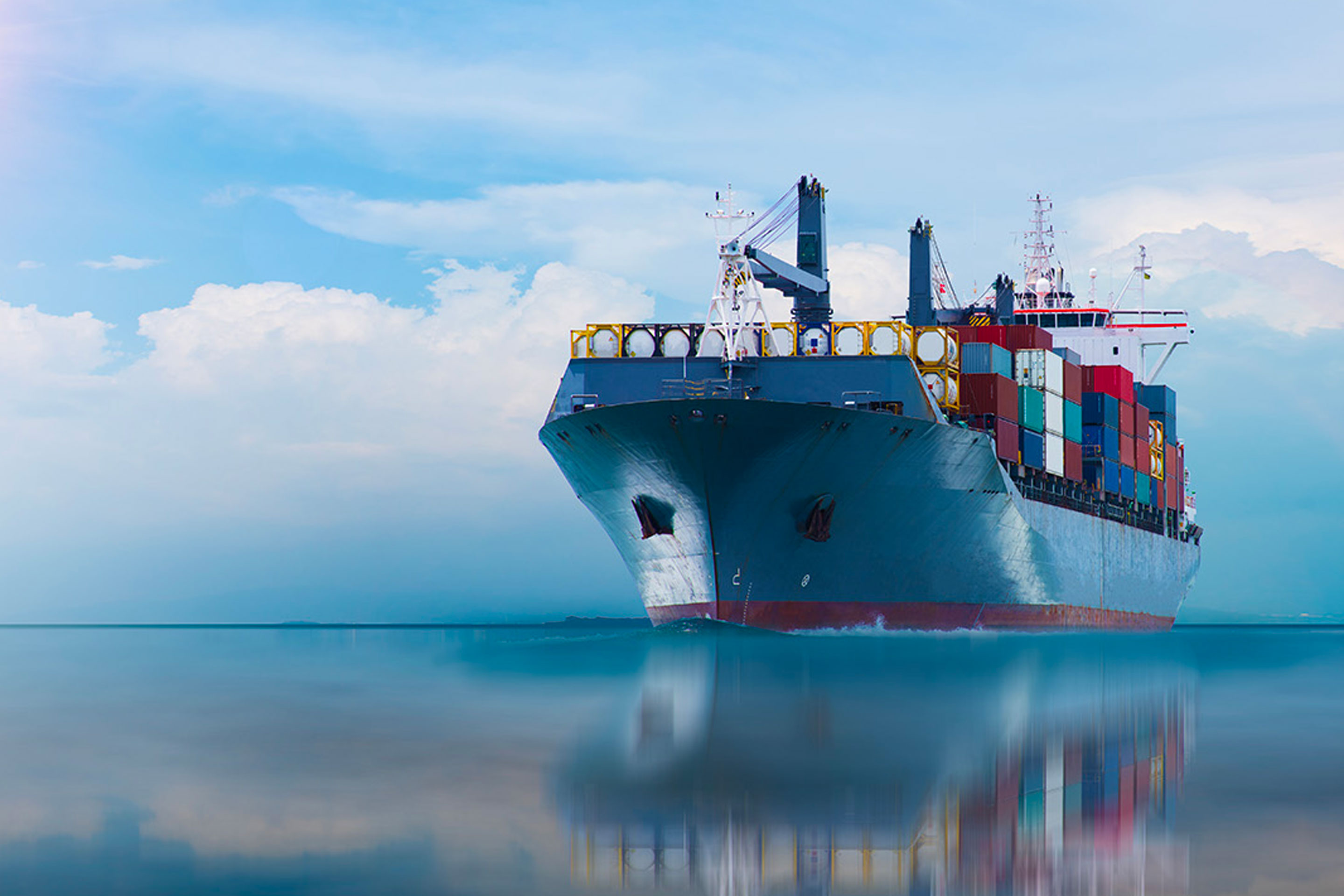From diesel to LNG, methanol to hydrogen, we’ve looked at multiple fuels in the shipping industry, along with the pros and cons of each over the past few months. Now, we’re looking at ammonia, and the benefits and challenges facing the marine industry, with the potential to deliver far cleaner shipping in future.
Ammonia is an inorganic compound made up of nitrogen and hydrogen, and is currently used on a large scale to produce fertilizers. It can also be used as a fuel for internal combustion engines, with the potential to produce large amounts using the Haber-Bosch process, which converts atmospheric nitrogen to ammonia through a reaction with hydrogen.
What makes ammonia a more suitable solution for deep-sea shipping?
As we’ve previously discussed, hydrogen itself can be used as a fuel for internal combustion engines, but presents a number of problems for deep-sea shipping – not least a low volumetric energy density, which means it requires a larger tank volume for storage, the fact it needs to be stored at either 700 bar pressure or at 20 Kelvin (-423.67 Fahrenheit / -253.15 Celsius) in liquified form, which requires large amounts of energy.
Converting hydrogen into ammonia through the Haber-Bosch process is a potential solution to these challenges. Ammonia is much denser than hydrogen, and can be more easily liquified or pressurized, making the handling or transportation of ammonia much more convenient.
This makes ammonia a much better choice than hydrogen when it comes to deep-sea shipping, where huge amounts of fuel need to be stored. Because it’s easier to handle, ammonia can also be produced at different locations and transported, which can make a big difference when attempting to produce large amounts of fuel using renewable energy sources.
Although ammonia is toxic at extremely low concentrations, it’s already used in other industries which means there are established processes when it comes to safety. If ammonia is adopted as a future fuel, the shipping industry can simply implement carbon copies of such safety protocols.
The challenges facing ammonia
While we may be able to copy other industries when it comes to toxicity and safety, Raphael Ryser, Senior Expert Turbocharging and Engine Technology at Accelleron, explains that we also need to be aware of other emissions that can be produced through burning ammonia.
“Depending on the temperature range, it’s possible for nitrous oxide (laughing gas) to build during the combustion process,” adds Raphael. “This is a problem, as laughing gas is 300 times more greenhouse gas active than CO2, with the potential to cancel any emissions benefits from using ammonia over fossil fuels.”
You can reduce nitrous oxide formation through different combustion strategies, Raphael points out. Reduction by catalytic converters has also been discussed as a potential alternative solution. This is just one of the challenges that engine manufacturers will need to overcome.
We also need to convert hydrogen into ammonia using the Haber-Bosch process, adding another step to the production process, with additional costs that need to be covered. The conversion can be made using electricity from sustainable sources, however, and amounts for less than 10% of the total energy consumption for ammonia production. “Compared with the whole supply of natural gas and crude oil, the environmental impact is quite tiny, and proves the validity of the idea of using ammonia instead of pressurized or liquified hydrogen,” Raphael adds.
Where do we go from here?
Perhaps the biggest challenge, not only for ammonia, but for hydrogen as well, is the need to replace natural gas in the production process with something greener and more sustainable. “The most obvious solution is that we use electricity from renewables such as solar and wind, using electrolysis to produce the hydrogen,” Raphael adds.
“From a point of maturity, electrolysis is a well-established process. There are different methods we can use, however, and it could be that in the future we’ll be using more efficient methods, but there’s nothing that’s holding us back from producing green hydrogen. The biggest bottleneck is the availability of renewable energy sources.”
A sufficient supply of green electricity is proving problematic for all industries, Raphael points out, from direct use in electric vehicles to hydrogen for industrial appliances including steel works and chemical plants, to the production of more sustainable aviation fuels.
To implement more sustainable infrastructures and renewable energy sources, we may be looking at a timeframe of five to ten years, with a further five years before we see the technology in place that takes full advantage of sustainable power production to produce green hydrogen on a wider scale. Along with infrastructure, financing will also play a huge role, with the need for large-scale investment over the coming decades.
When all these stars align, ammonia, along with other fuels including hydrogen and methanol, can pave the way for a greener and more sustainable future for shipping.














